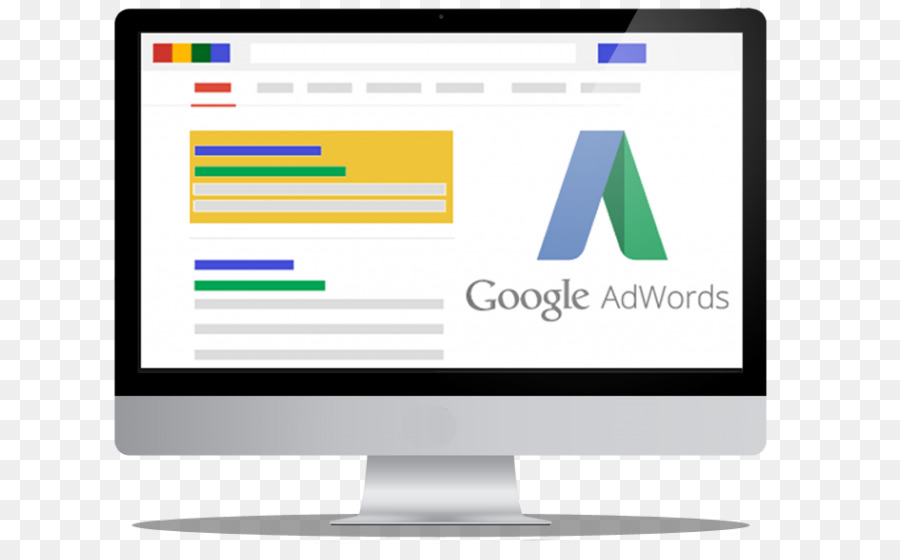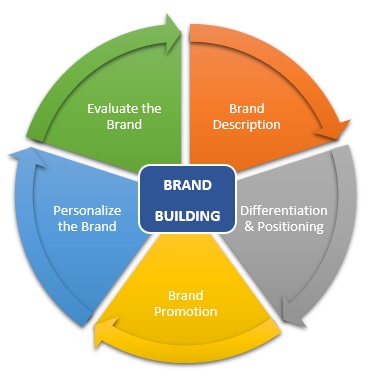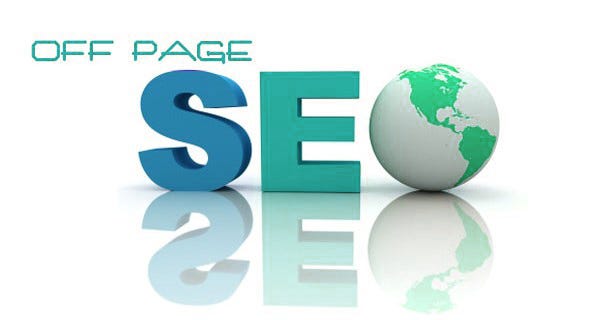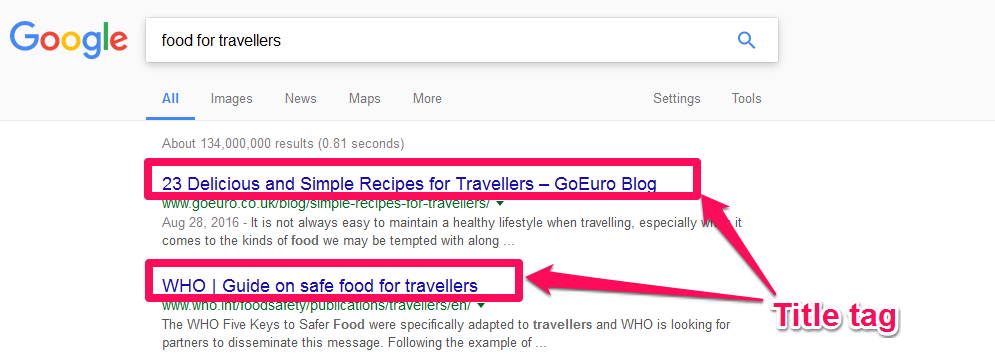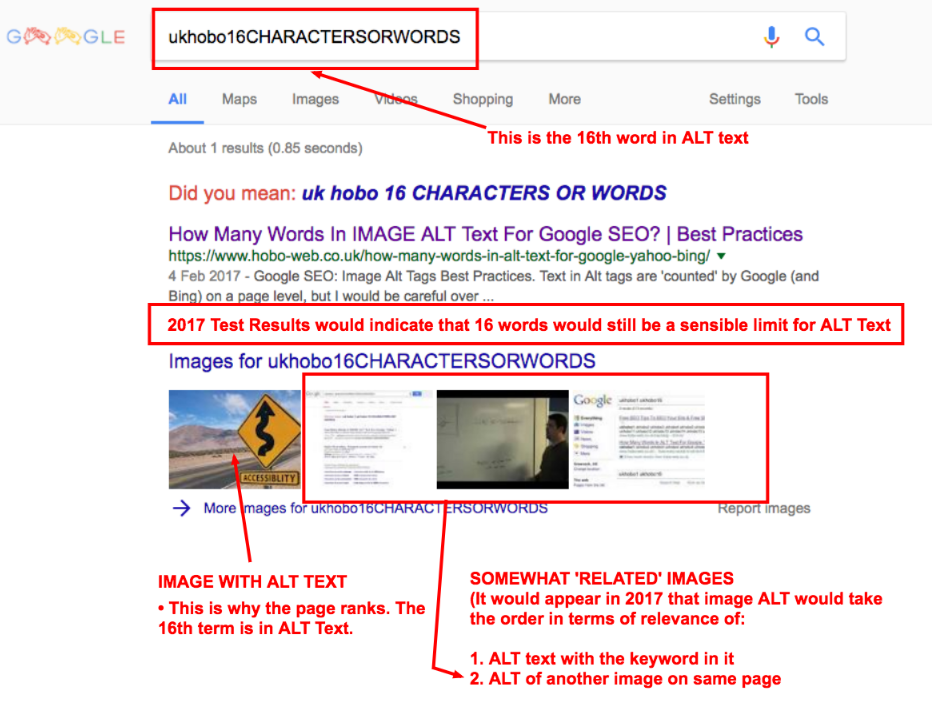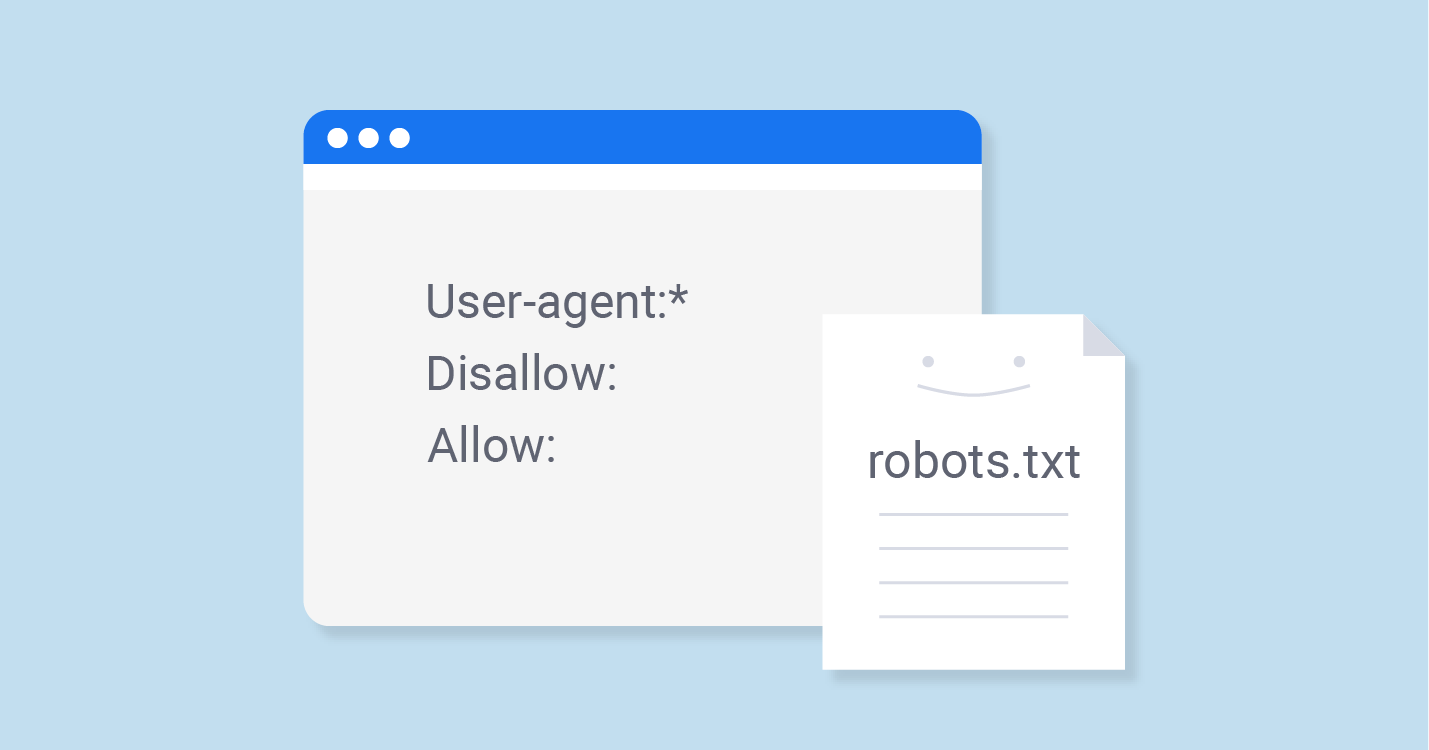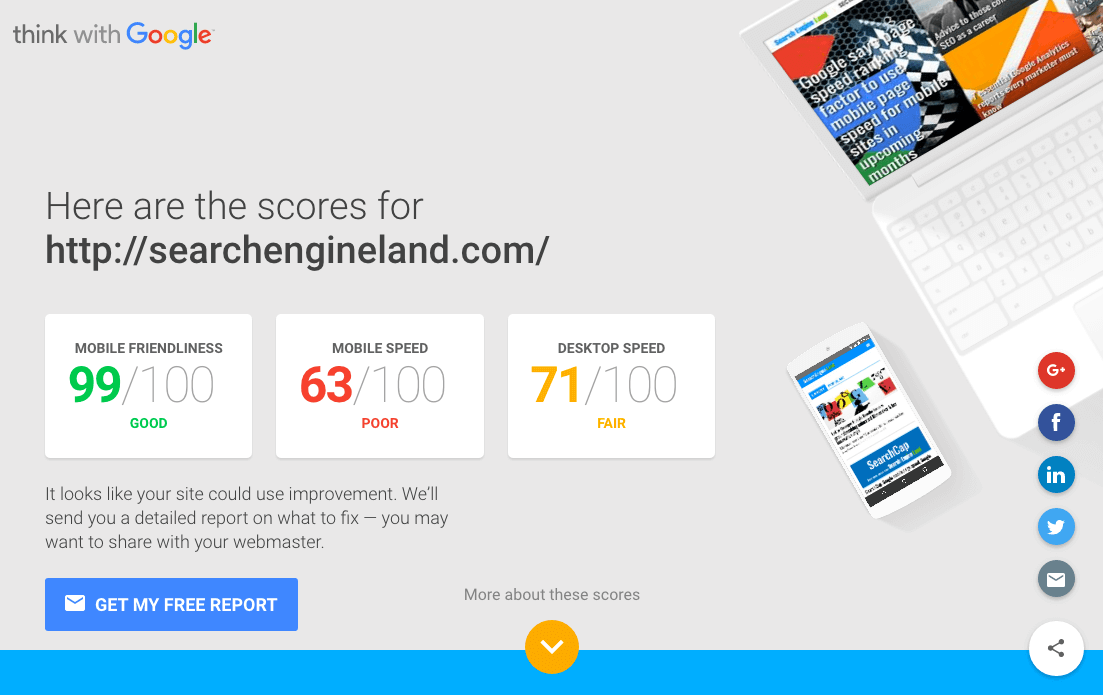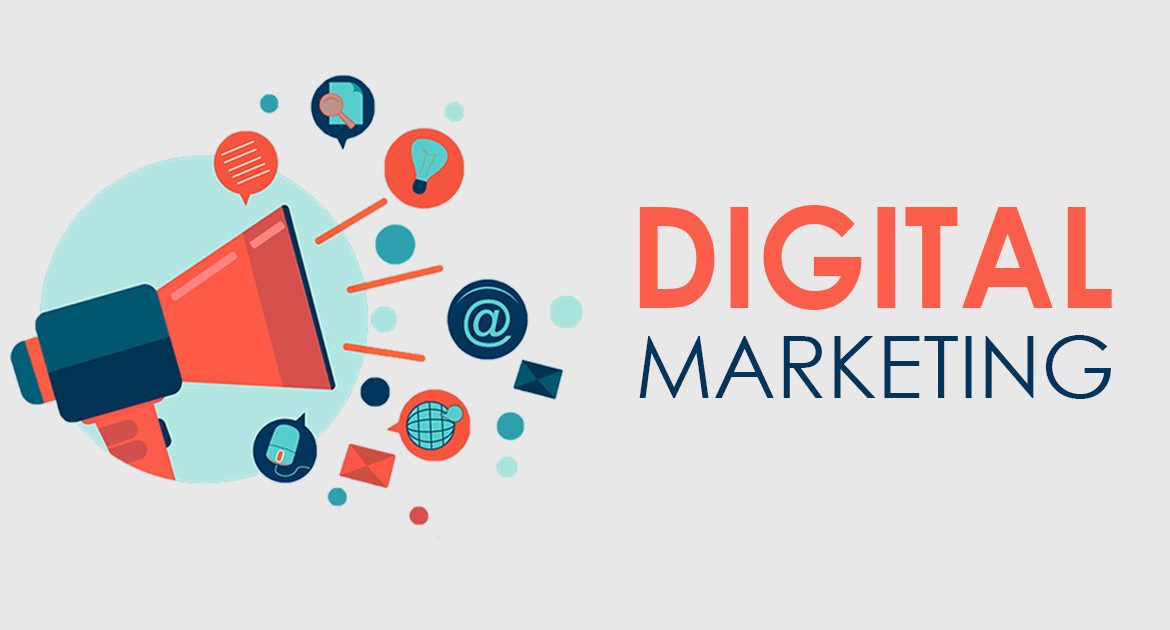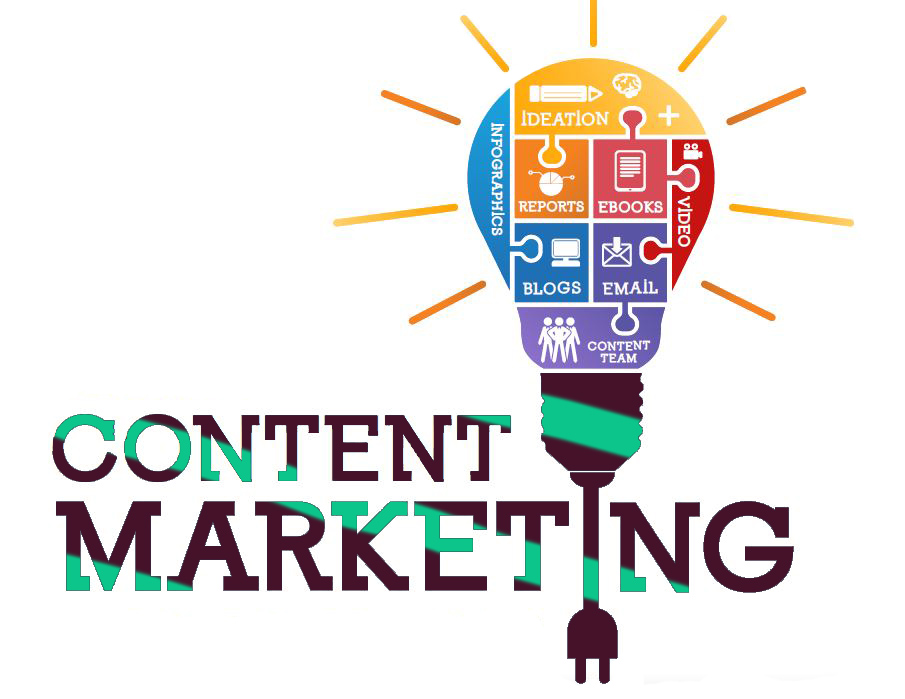# What is SEO / Search Engine Optimization ?
Search engine optimization is a methodology of strategies,
techniques and tactics used to increase the amount of visitors to a website by
obtaining a high-ranking placement in the search results page of a search
engine (SERP) — including Google, Bing, Yahoo and other search engines.
# Defination :
Search engine optimization (SEO) is the process of affecting
the visibility of a website or a web page in a search engine's unpaid results -
often referred to as "natural," "organic," or
"earned" results.
In general, the earlier (or higher ranked on the
search results page), and more frequently a site appears in the search results
list, the more visitors it will receive from the search engine's users.
# How a Search Engine Finds Your Site :
Before understanding the tools needed to boost your SEO
Results, you will need to first need to understand how it is that search
engines find the best results for all the different things that people search
for on the internet.
The following are the main three things needed for a
search engine to properly find sites for a search query.
A] Robots -
The first step a search engine must do is create
the library (index) which will be searched. Search engines do that be sending
out millions of programs which scan (crawl) web pages all over the internet and
document their findings. These programs are called by many different names,
such as bots, robots, or spiders.
B] Indexing -
The next step for a search engine is to organize
all of their collected information in an index, just like a library would
organize its vast collection of books. A site can be indexed because it was
found and scanned (crawled) by a robot or because the site was manually
submitted (indexed) by a person.
C] Algorithm -
The final step which brings all of this
information together is the search engine's secret recipe or algorithm. An
algorithm is a mathmatic method for solving highly complex problems. An
algorith can take a problem with numerous possible solutions and find the best
possible solution out of those available. You can see how an algorithm can be
very important to search engines who need to take specific search terms
(keywords) and pull the best possible sites from their entire index.
# What is SEO Benefits?
1] Targeted Traffic:
SEO can increase the number of visitors
who are actively searching for your service or product.
2] Promotion that doesn't sleep:
Imagine having your own
marketing and promotions company working exclusively just for you! One that
works 24 hours a day, 7 days a week, 365 days every year. That's the benefit of
SEO!
3] Increase brand visibility:
SEO can give your brand a high
international profile - and for a comparatively low outlay.
4] High ROI:
Pound for pound, dollar for dollar, SEO brings
you a higher Return On your Investment than any comparable form of marketing.
5] Higher Sales:
SEO can mean increased sales of your
product or service.
6] Faster, smaller pages:
Properly validated and optimized
files will be smaller and leaner, meaning less server overheads and quicker
download times.
7] Long term positioning:
Once in place, a properly designed
and optimized site should stay long term in the rankings compared to PPC where
costs and outlay are ongoing and unpredictable.
8] Cost-effective:
SEO is among the most cost-effective ways
of marketing.
9] Accessibility:
Observing sensible optimization procedures
can make your site more accessible to all users.
10] Cross-browser compatibility:
A properly optimized site
will be as near as possible validated to high standards. This means that it
should work in all W3C-compliant browsers, meaning your site may be viewed by
the greatest potential number of visitors.
11] Navigable by the engines:
All links should function
correctly and all pages should be accessible to the engines, thus making your
site easy for the engines to index and properly categories.
12] Usability:
Observing basic optimization guidelines
should mean that visitors have a more pleasant user experience.
# Top SEO Tips and Guidelines :
Now, after presenting the definition, importance, and
operation process of search engine optimization, it is time to give you some
useful tips and guidelines of SEO.
Check details in the following.
Tip 1: Careful Keywords Research :
The keywords tell both site visitors and search engines what
the topic of your site or a particular web page is, so it is necessary to
compile a list of the most commonly searched keywords in your niche by using
some keywords search tools. Besides, always remember that you need to
strategically scatter the keywords throughout your content, especially the
headings which have greater chances to be crawled than the surrounding text.
Tip 2: Replace Some WordPress Defaults with Custom Ones :
It should be realized that too much dependence on the
auto-generated items brings no benefits. Specifically, for WordPress, those
items including the “Hello World” post and “Sample Page” are less problematic
for SEO. Thus, I suggest you to replace these two parts with custom ones.
Furthermore, it needs to pay attention on the default
category that is also the top focus for SEO. Generally, your posts are not
categorized. Hence, it is significant to make sure relevant categories for all
posts that are created.
Tip 3: Change the Structure Of Permalink :
Another thing that needs to be changed is the structure of
permalinks because these links are inefficient URL structure for SEO. Thus,
altering the permalinks to the name of Posts is commonly the best practice.
Here I take this website HowsHosting.com as an example. If the permalink has
not been changed, this post only appears as
https://howshosting.com/year/mon....
After we have optimized the permalink of this post, it
appears as http://howshost/top-wordpress-se.... This optimization plays a
pivotal role in telling search engines more details about the content of your
posts by showing the category or the post name in the URLs. Hence, the posts
with optimized permalinks tend to pop among countless search results.
Tip 4: Create Quality Content :
One of the most important aspects of a high ranking website
is the content. Although you are able to fool the search engines for a while,
nobody wants to visit your site or web pages if your content is of low quality.
Conversely, if your content is compelling and well written, then site visitors
is going to read it and may even want to direct other people to your sites via
blog posts, forums, and some social medias like Twitter and Facebook.
The only
thing in this part that people need to pay attention to is that your content is
written for your readers, not only the search engines. I mean your content need
to be informative and interesting, without inserting numerous unnecessary
keywords to grab search spider’s attention. To be frank, excessive use of
keywords can be quite annoying to site visitors.
Tip 5: Fewer Flashes and Images :
Undoubtedly, flashed and images look awesome and can bring
some fun to your content, but search engines are not advanced enough to analyze
videos, images, or audio, and can only interpret text. Therefore, any useful
information and keywords you put in an image-based text will be invisible to
the search engine. The only way to solve this problem is to create an alternate
version of your content in HTML, meaning that you’ll need to describe them in
words.
Tip 6: Use SEO-Friendly URL :
It is meaningless to explain the importance of having a
SEO-friendly URL. If your URLs are messy, it will be difficult for search
engine to crawl them and index your pages, so you may have a hard time to rank
on the search results. Here are some tips when deciding your URL:
Avoid lengthy URLs with unnecessary slashes, colons, and
some other redundant characters.
Don’t use excessive keywords
Use sub-domains rather than sub directories.
Tip 7: Make your Site Easier to Navigate :
The way you link your web pages together is important in
helping search engines, as well as your visitors quick find the content they
want, thus have a big impact on your ranking. In fact, in terms of site
structure, the focus is to be simple and easy to use. I have given 3 tips in this
part:
Create a naturally flowing hierarchy without complicated f
navigation links.
Don’t follow outgoing links that are not relevant to your
niche.
Control the navigation from page to page e through text
links.
Tip 8: Robots.txt :
The robots.txt protocol, also known as robots exclusion
protocol, is a convention to show the search engine the files that can be
indexed or not. With the robots.txt file in below, all files of your website
can be indexed by search engine spiders.
Tip 9: Exchange Links with Other Relevant Website :
Exchanging links with other websites is an on-site SEO
tactic that aims at building up backlink, meaning that you can post links which
will lead back to your site on some other social sites. For instance, if your
website is about blog establishment, then you can build the external links on
some famous blogs or blogging host review sites.
Tip 10: Utilize Sitemap :
As the road map for search engines, Sitemap cannot be
forgotten, especially when I make a new page or post a new article. There are
two popular versions of a site map: XML Sitemap and HTML sitemaps. The former
one is coded specifically for search engine to know the pages in your site,
their relative importance to each other, and how often they are updated. The
latter one is designed for site visitors to find the content they want.
Tip 11: Be Aware of Nofollow Links :
It is important to know that if you put your links with a
nofollow attribute, then it means you want the search engines to ignore your
links. Therefore, you need to check your link to see whether there is a
rel=nofollow in it. Nobody wants to waste time getting links on sites that are
totally useless.
Tip 12: Utilizing WordPress Plugins Is A Valuable Investment
Currently, there are a great variety of WordPress plugins
for boosting traffic in the market, including All in One SEO Pack, SEO
Ultimate, SEO Friendly Images, SEO Smart Links, and WordPress SEO by Yoast,
just to name a few. For more details of these plugins, please refer to this SEO
beginner guidance.
The above plugins feature almost everything you need with
which you are capable of writing your own meta description tags and custom
description for social networks including Google Plus and Facebook. The more
exposed your websites are to the social networks, the more visibility your
websites are bound to enjoy. Moreover, these plugins come with the tab that you
get under the post editor where you are able to have options to select “focus
keywords” for each post.
Tip 13: Don’t Pay for Any SEO Service :
Be wary of SEO firms, web consultants, or any other SEO
agencies. Normally, you don’t really know what you can get from their services.
And the worst is that you may get blacklisted. If you really encounter
problems, you can read some other SEO articles in this site, or go to some SEO
forums or blogs for help.
Tip 14: Premium WordPress Themes Deserve A Shoot :
The default themes are designed with less flexibility and
customizability when compared to some premium WordPress themes in the market
that are optimized in terms of SEO and security. With the help of them, the
content of your posts can be indexed more easily by the search engines so that
the visibility can be boosted. If you want to learn more detailed information
of this kind of themes, please refer to this article.
In addition to the above aspects, page loading speed also
plays a momentous part in search engine optimization because just 1-second page
load delay can give rise to 7% decrease in conversion rate, 16% reduction in
visitor satisfaction rate and 11% fewer page views. Therefore, it is crucial to
choose a company that offers fast web hosting service.
# SEO can be split up into two separate categories: On-Page
SEO & Off-Page SEO
On-Page SEO refers to all the things that you can do ON your
website to help you rank higher, such as page titles, internal linking, meta
tags & descriptions, etc.
Off-Page SEO refers to all the things that you can do
directly OFF your website to help you rank higher, such as social networking,
article submission, forum & blog marketing, etc.
A] On-Page Search Engine Optimisation :
1. Page Titles
2. Meta Descriptions
3. Meta Tags
4. URL Structure
5. Body Tags (H1, H2, H3, H4, etc.)
6. Keyword Density
7. Image SEO
8. Internal Linking
B] Off-Page Search Engine Optimisation :
1. Social Networking Sites
2. Blogging
3. Blog Marketing
4. Forum Marketing
5. Search Engine Submission
6. Directory Submission
7. Social Bookmarking
8. Link Baiting
9. Photo Sharing
10. Video Marketing
11. Business Reviews
12. Local Listings
13. Article Submission
14. Social Shopping Network
15. Answer Questions
# Conclusion :
SEO is smart way of increasing your visibility online by saving time and cost of marketing. But, before going for SEO one must understand how it works and affects it can have on the business.






